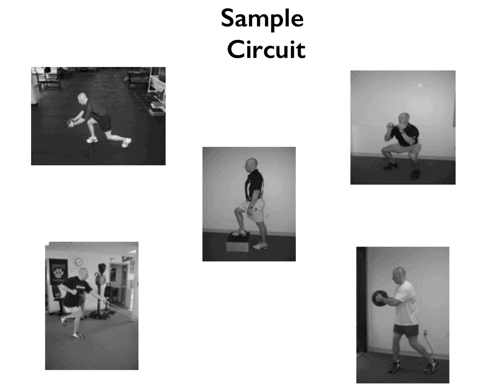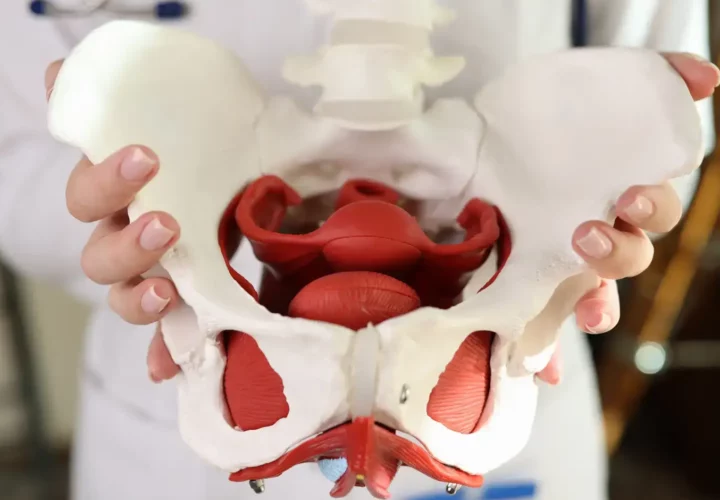If you have been to therapy you may have noticed that many of the exercises given now encompass multiple joints of the body as well as multiple muscle groups. This is because when we are moving our body in everyday life we are constantly using multi-joint and multi-planar (directions of movement) to complete our daily tasks. These exercises in therapy help with everyday life and can be referred to as functional exercises.
Exercise in the physical therapy realm originated mainly from models of body building. Training in this way involves separating each muscle group/and or muscle to build size. Form is very specific to which muscle you are wanting to build up and consists of increasing weight as muscle allows. This type of exercise although less used in physical therapy now, is still beneficial when muscles are very atrophied (shrunken/weak) following surgery or inactivity. Isolating the muscle/muscles that have become weak or have decreased in size is definitely still beneficial for patients early on in physical therapy. Once strength and size is more equal to the unaffected side the patient will be moved into more of the functional based exercises.
Functional exercises in contrast to isolated exercises are more geared towards movements we do in our daily life and consists of higher reps and lower to moderate weight to improve endurance as well as overall strength. These exercises can squatting, lifting objects from the floor, or reaching into cabinets overhead to name a few. (A few more examples of Functional Exercises can be seen to the right). More often than not functional exercises involve the whole body working to maintain stability during movement of lower extremities, upper extremities, or trunk.
Essentially you are getting more total body benefit from less exercises. So when you first come into therapy it is important to let your evaluating therapist know what it is you would like to get back to so your exercise plan can be adjusted to your needs with the appropriate movement patterns to return you to these activities.



